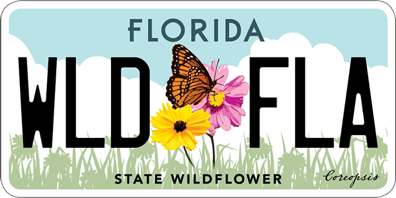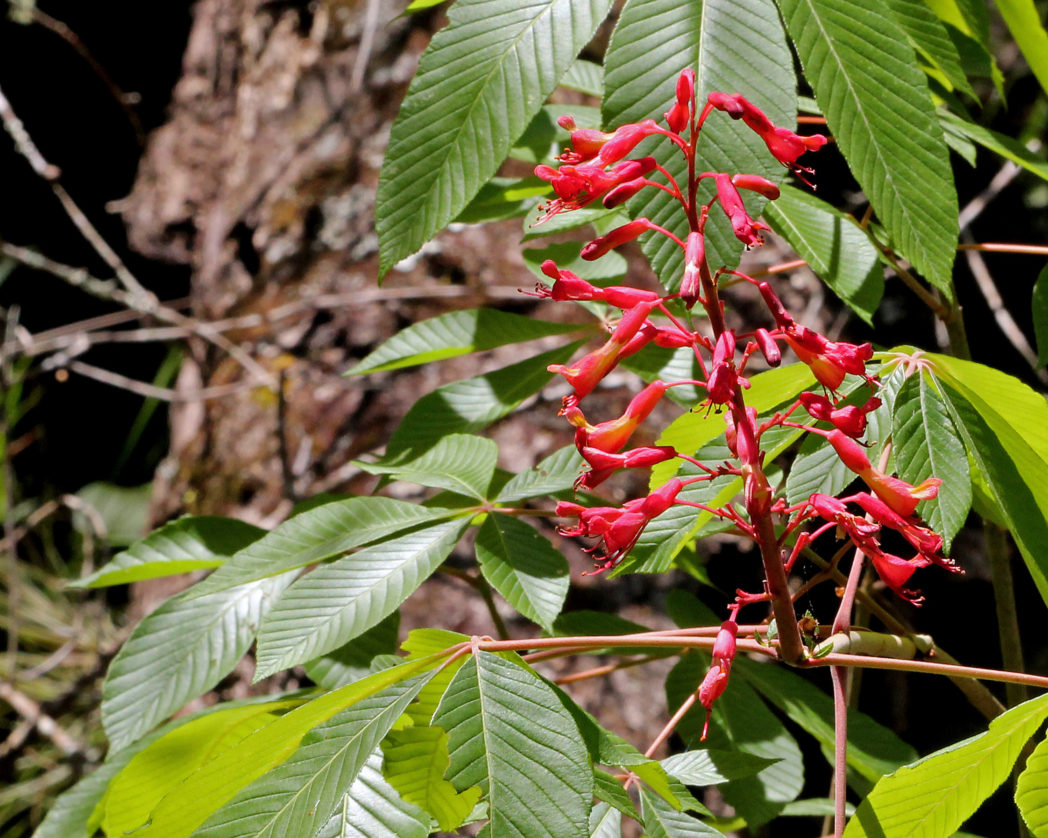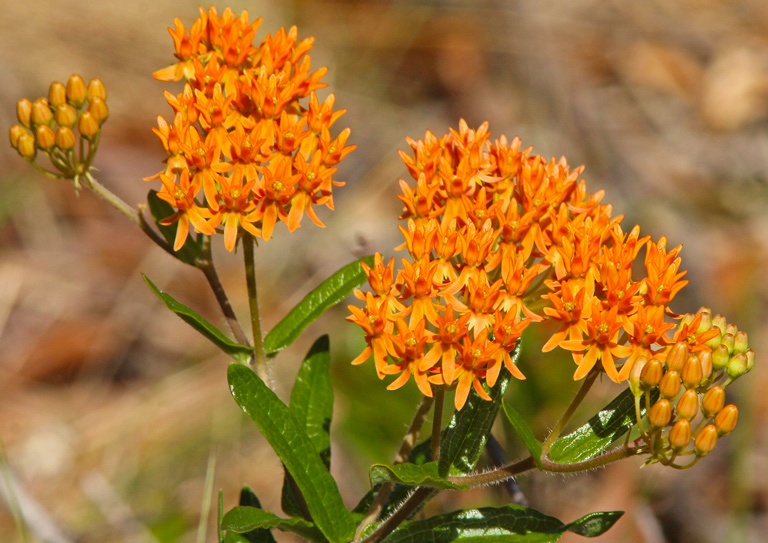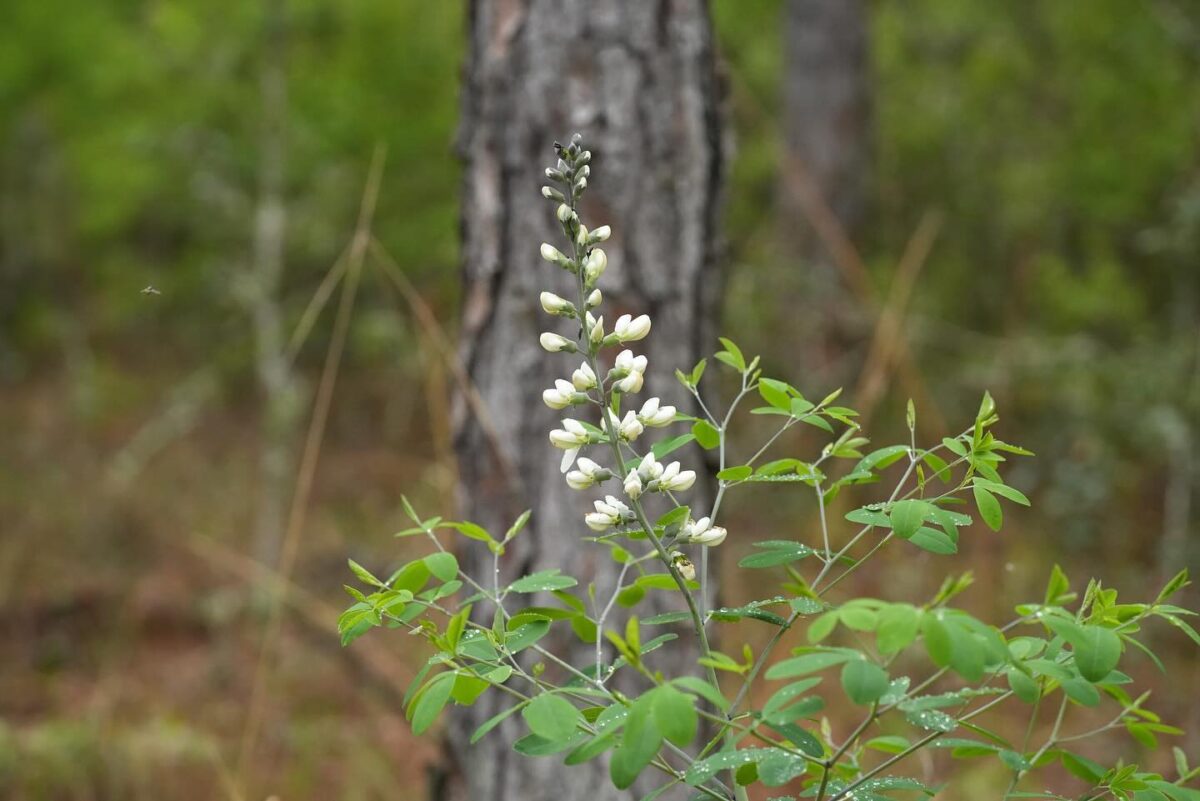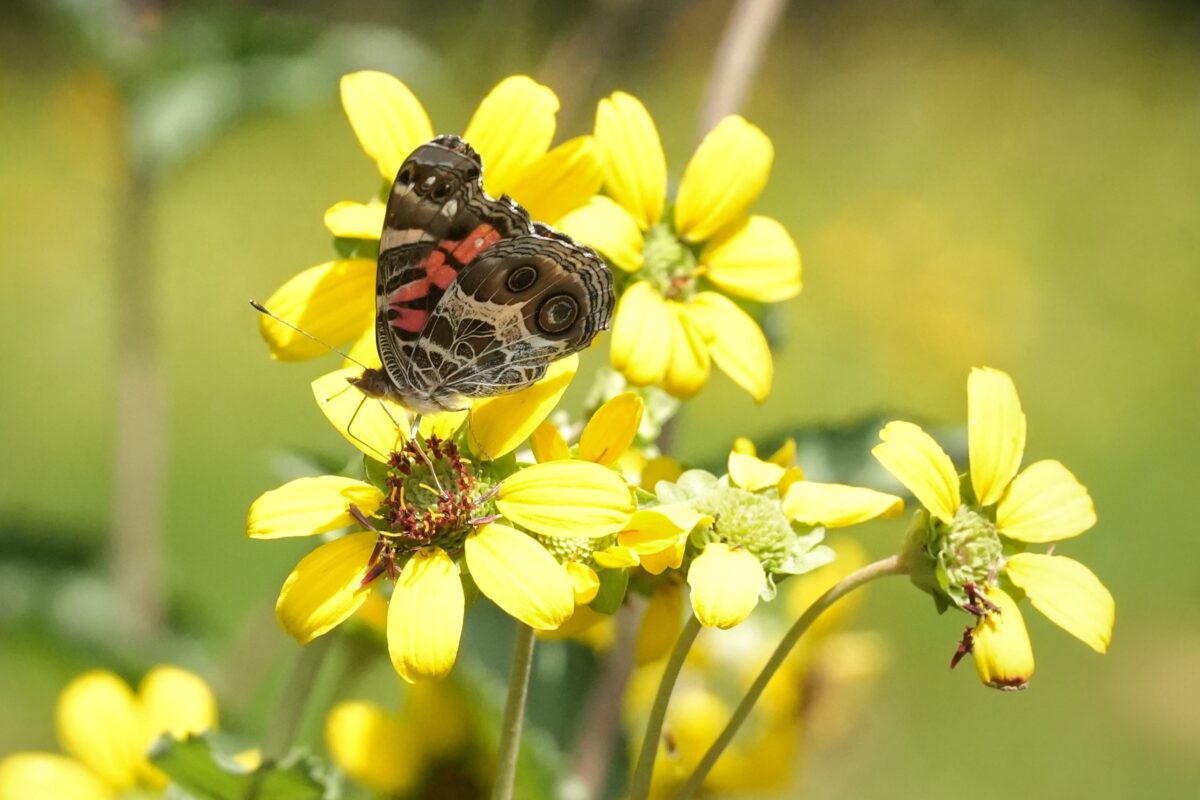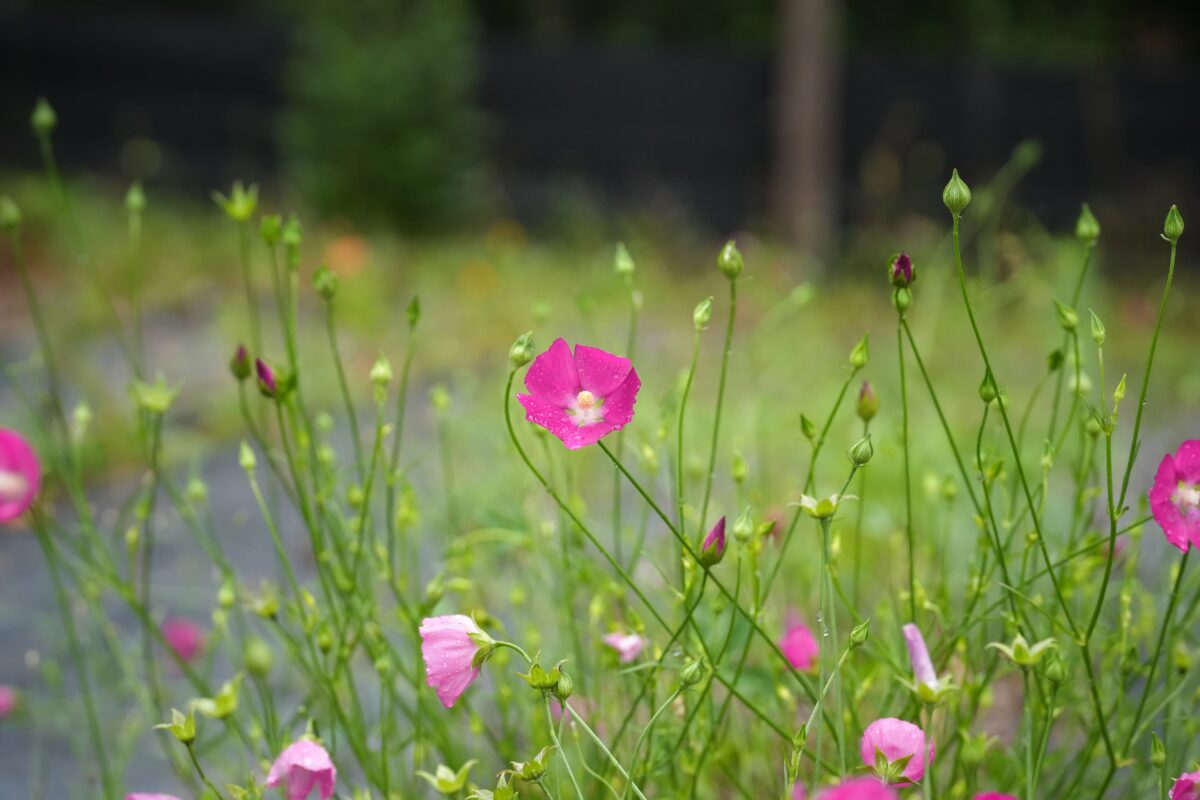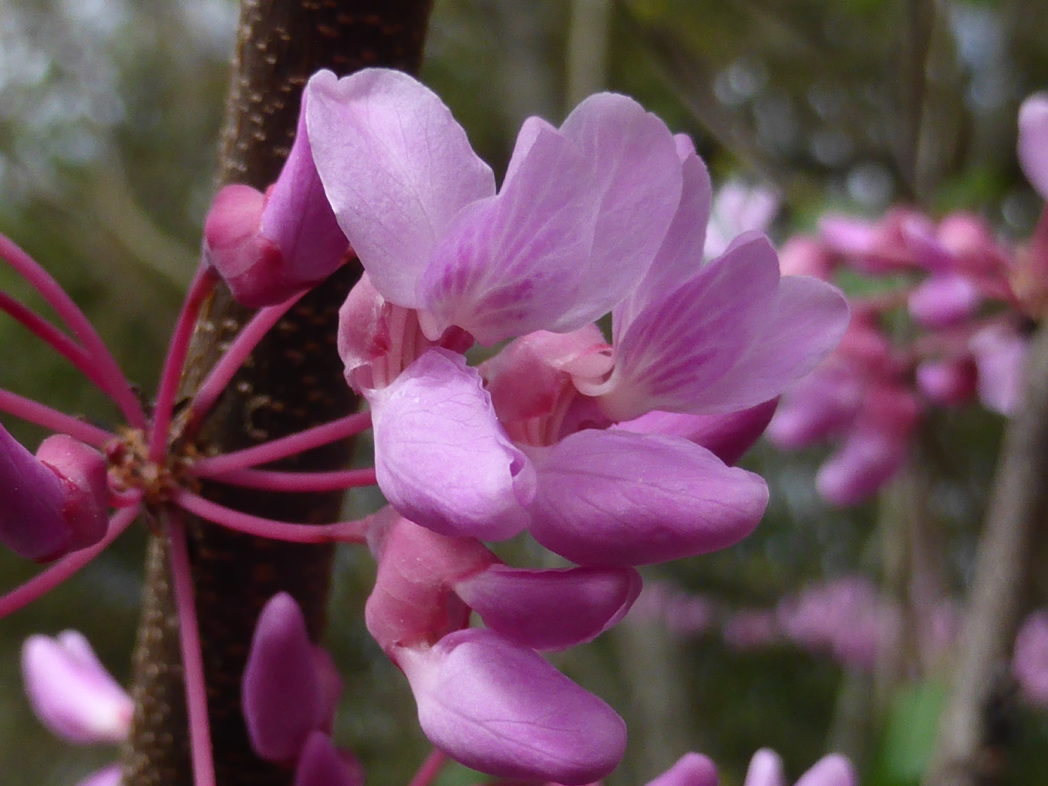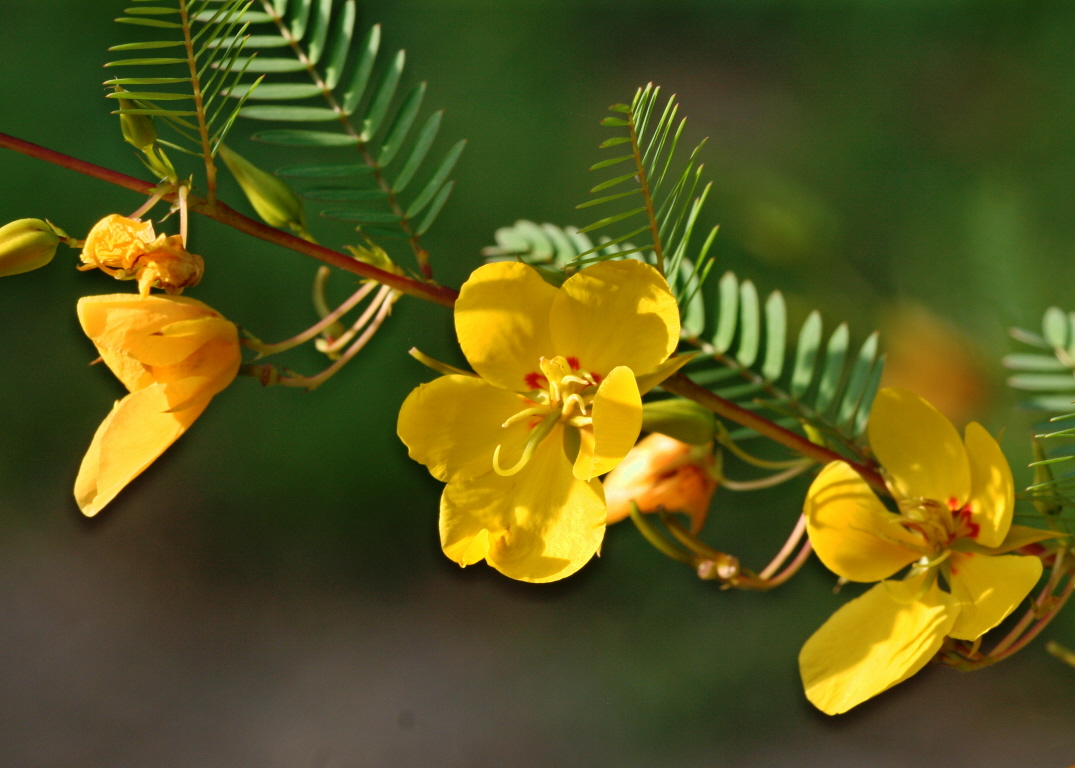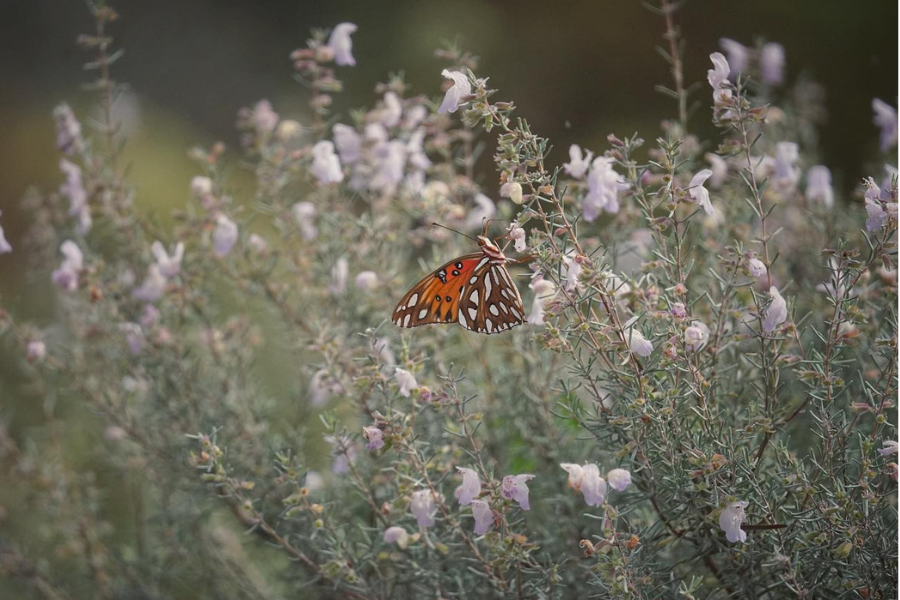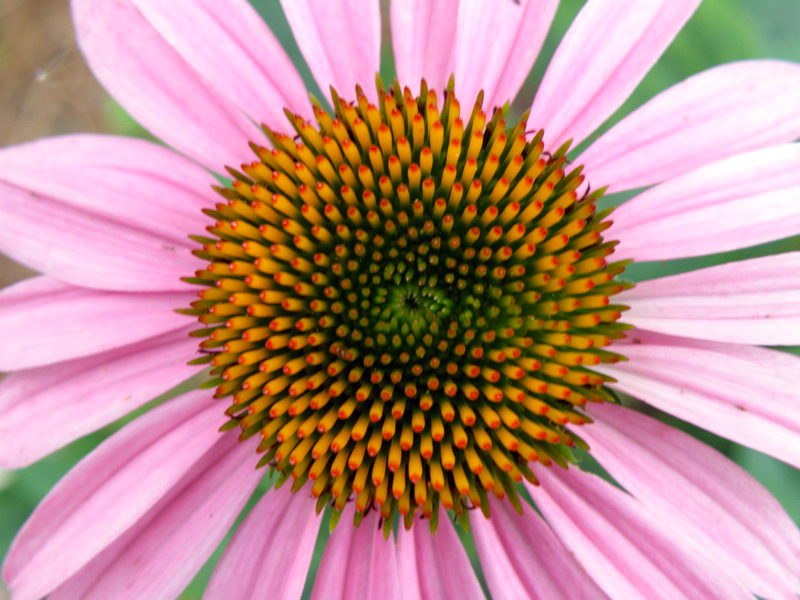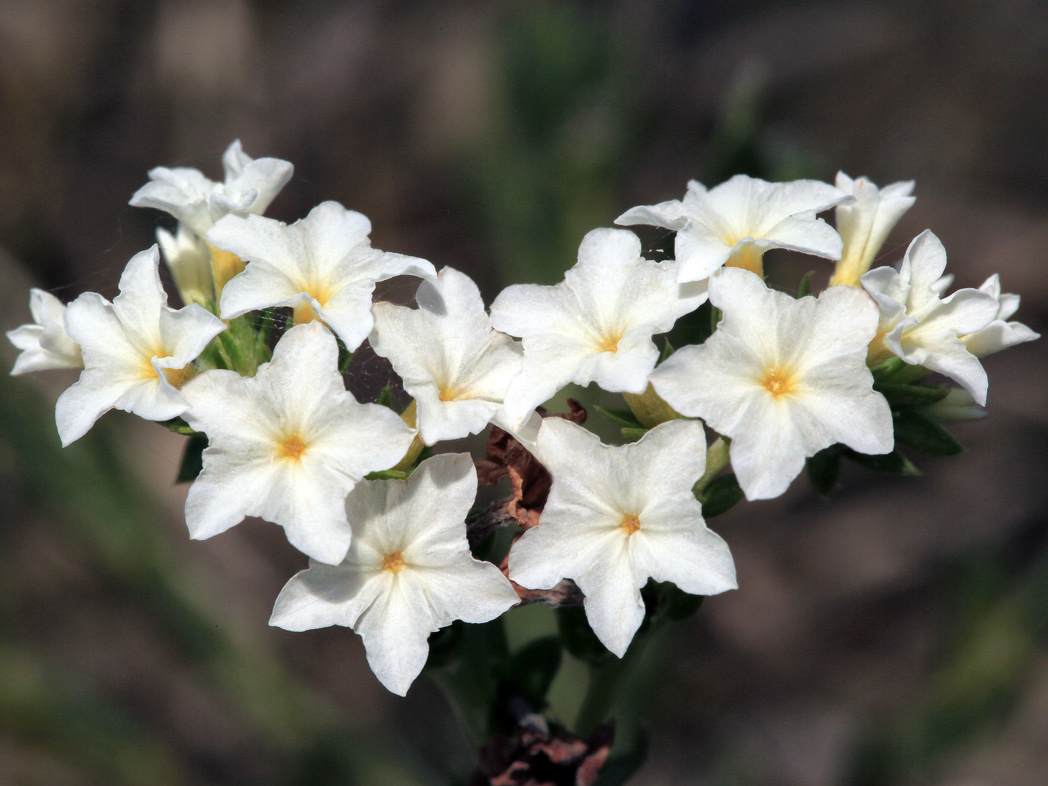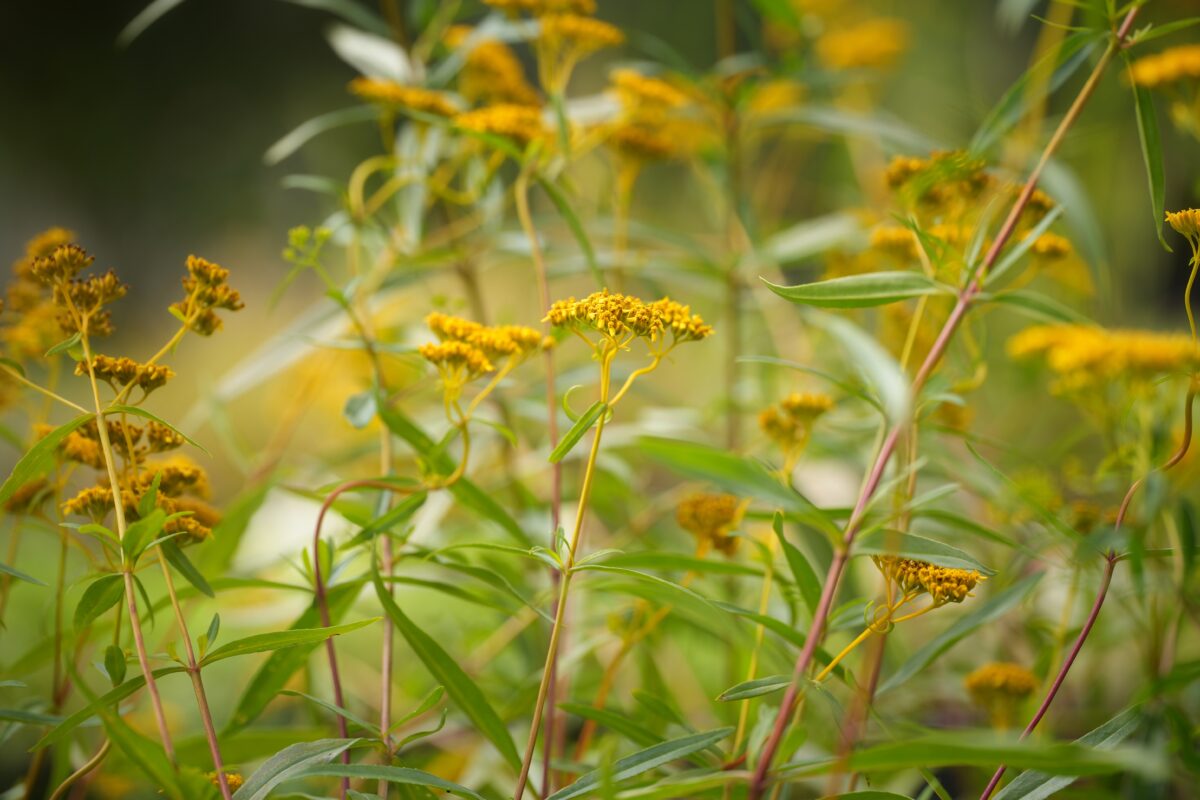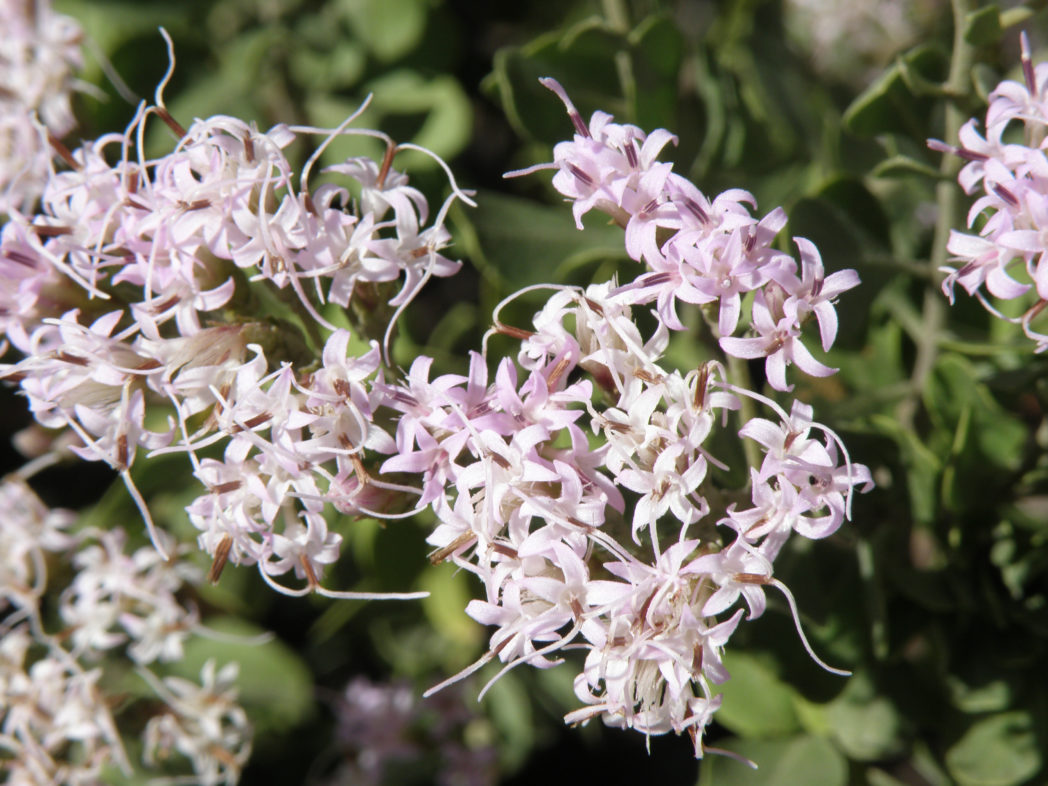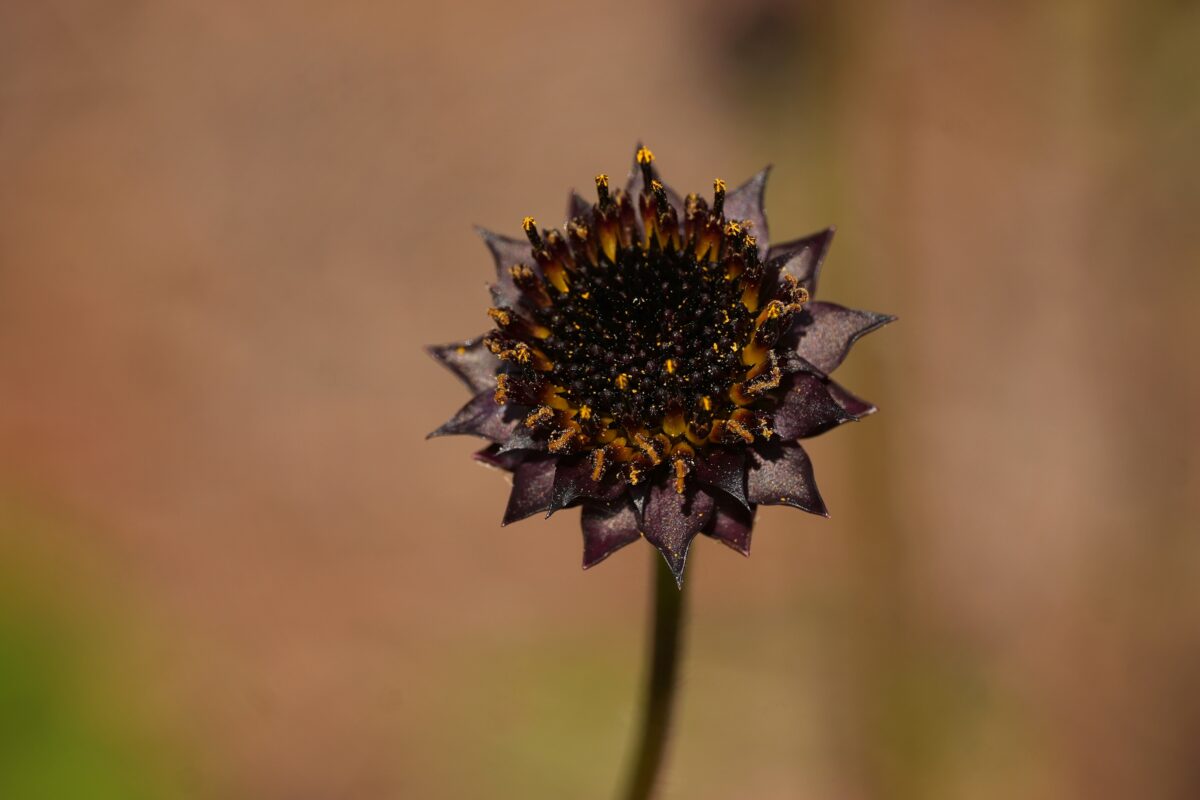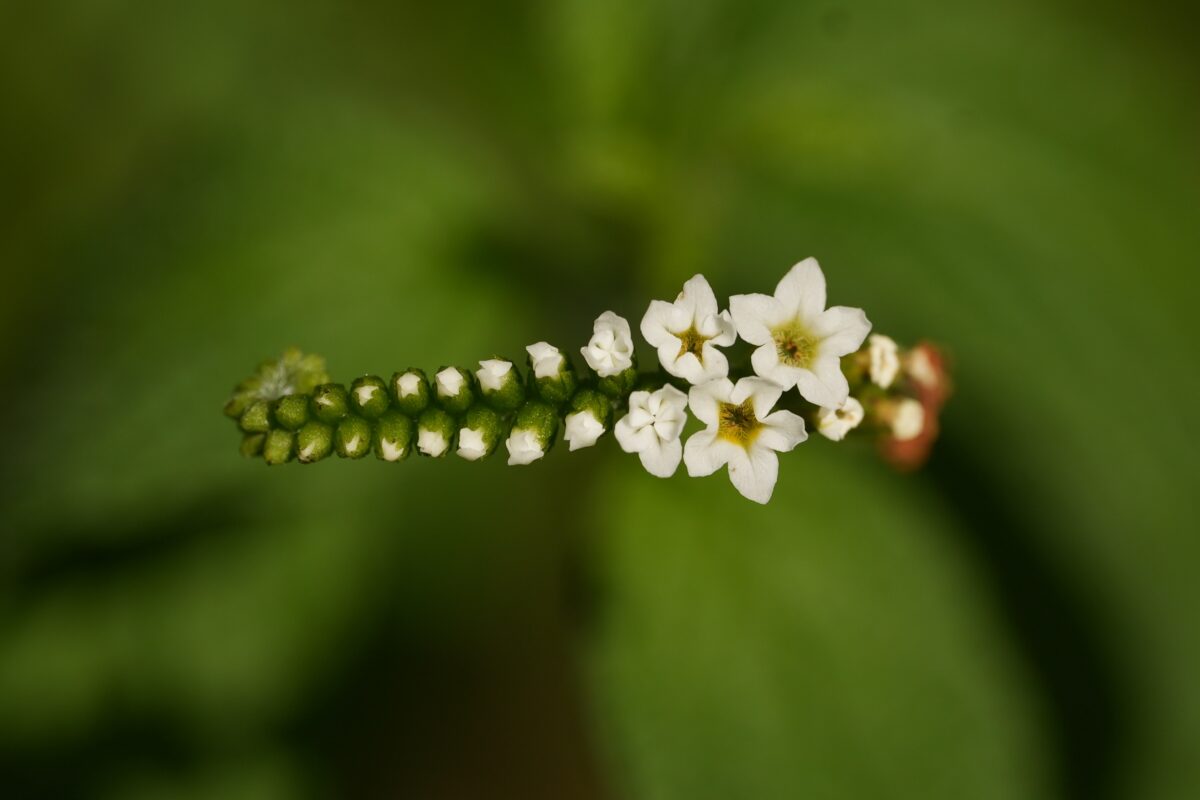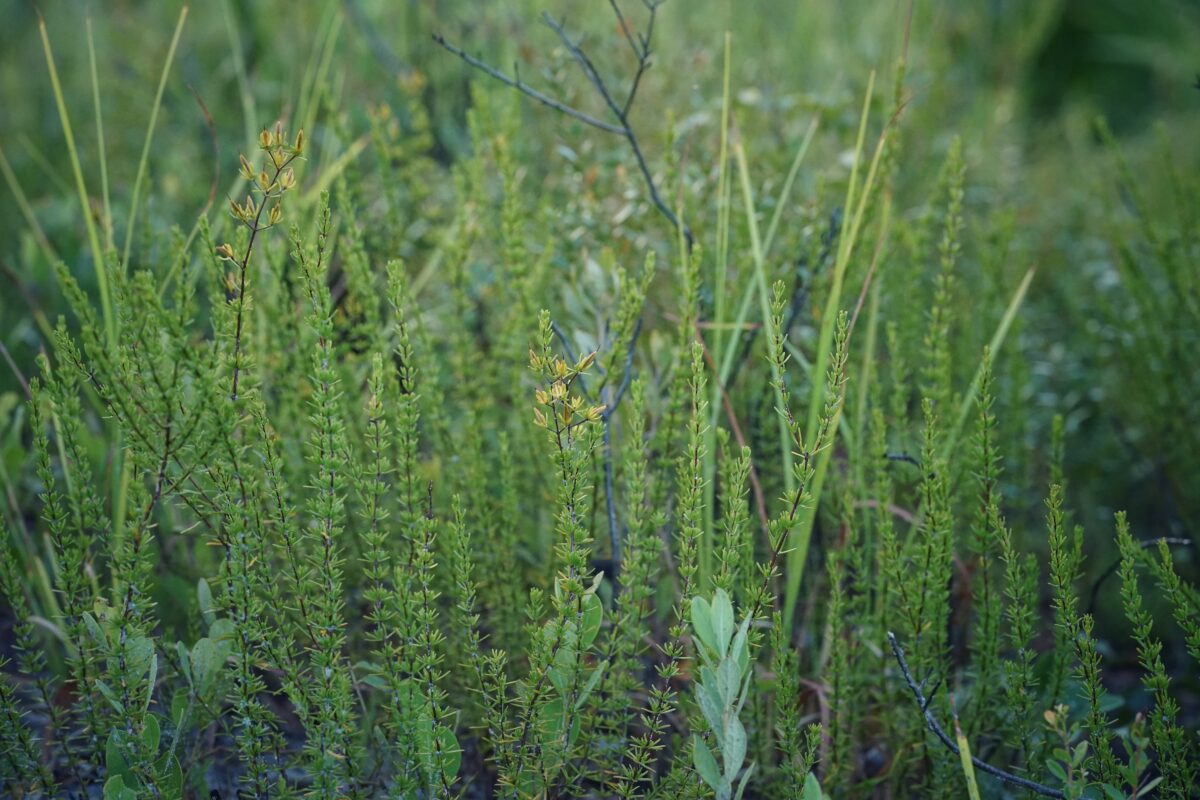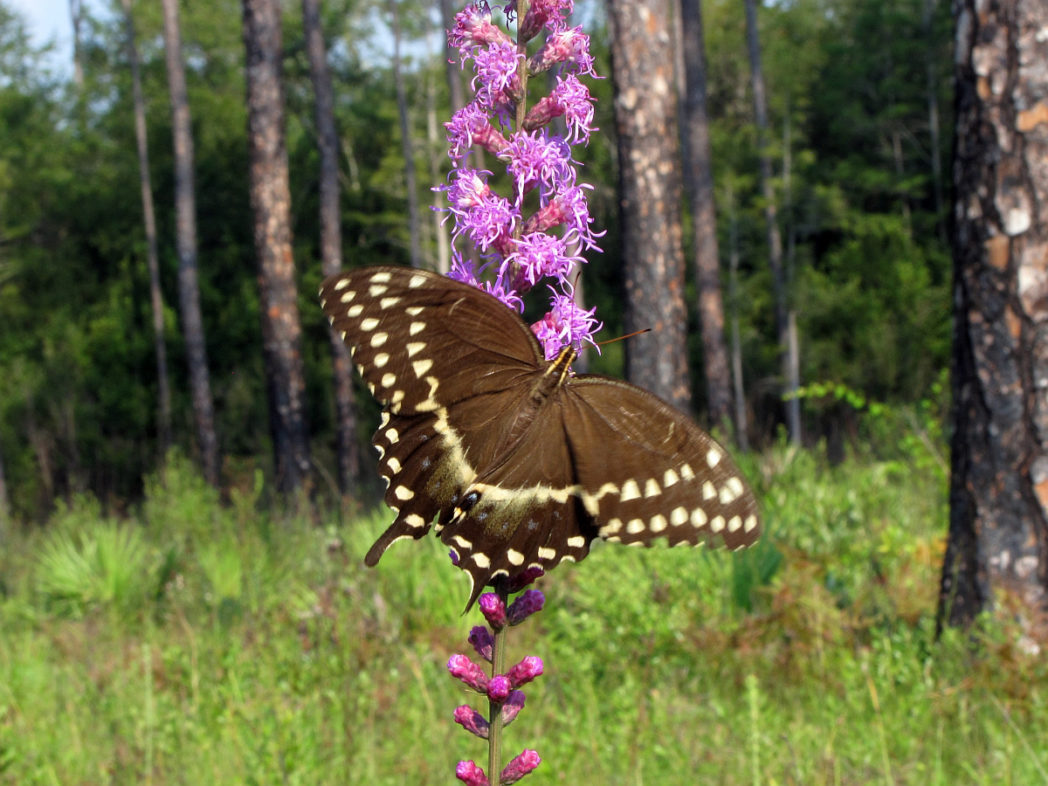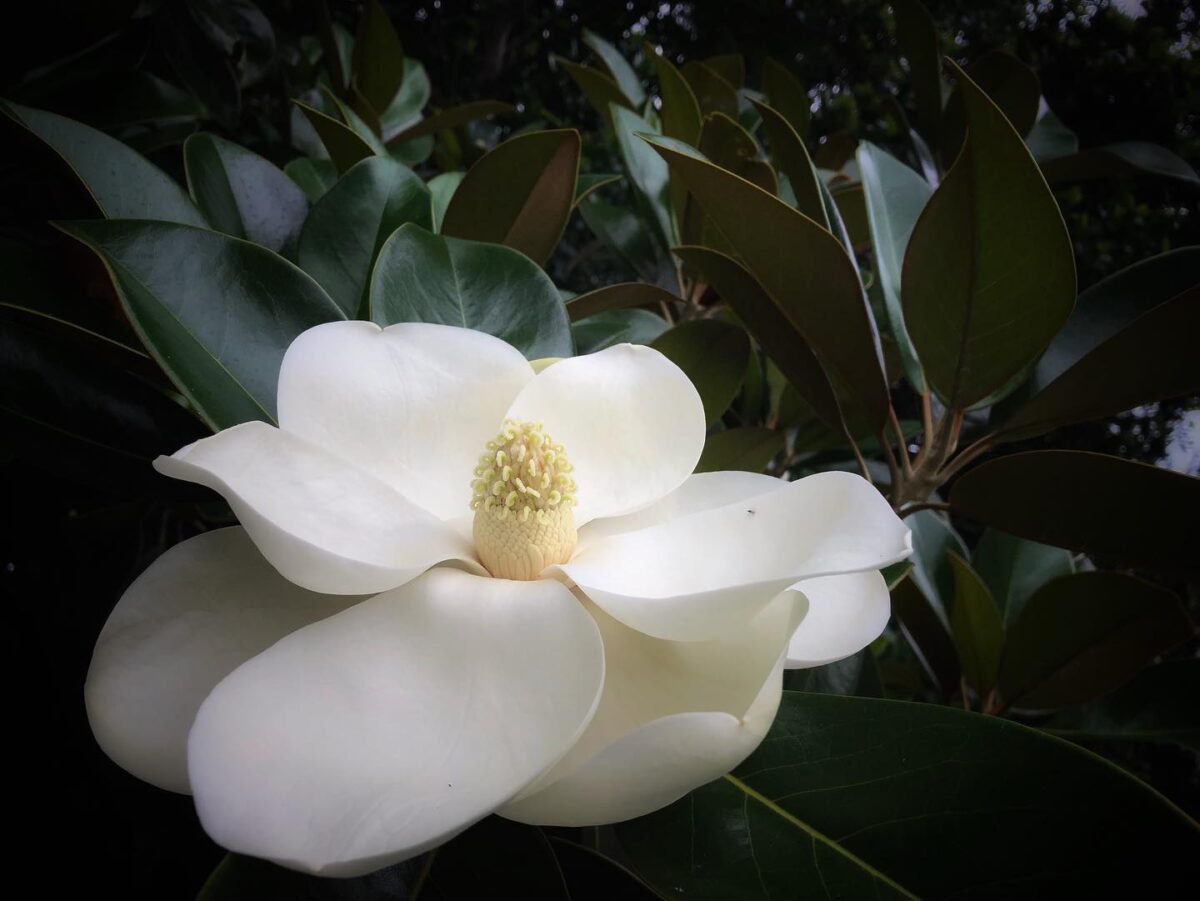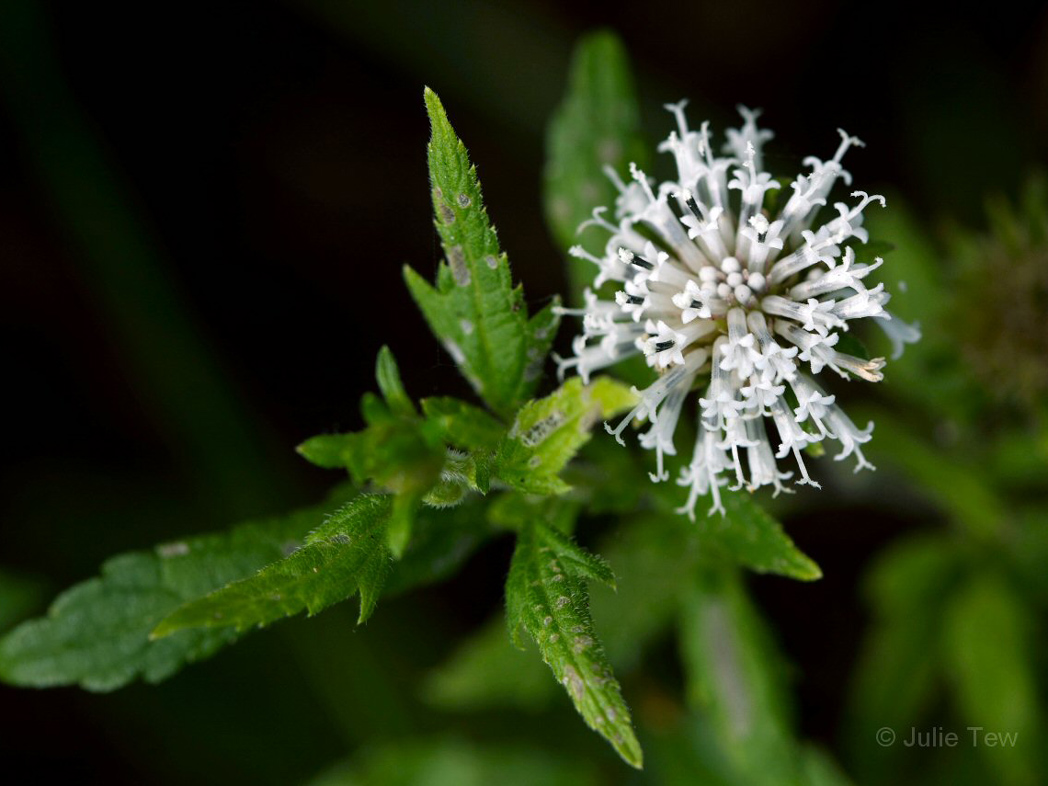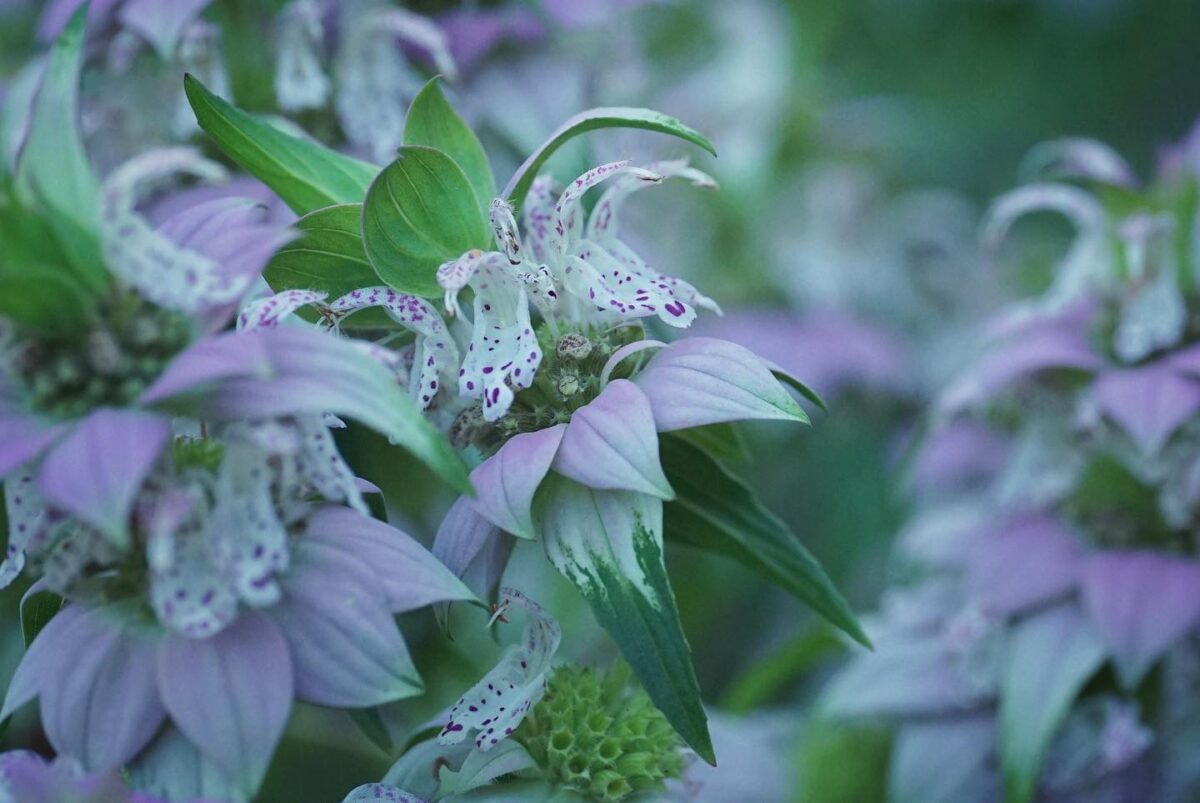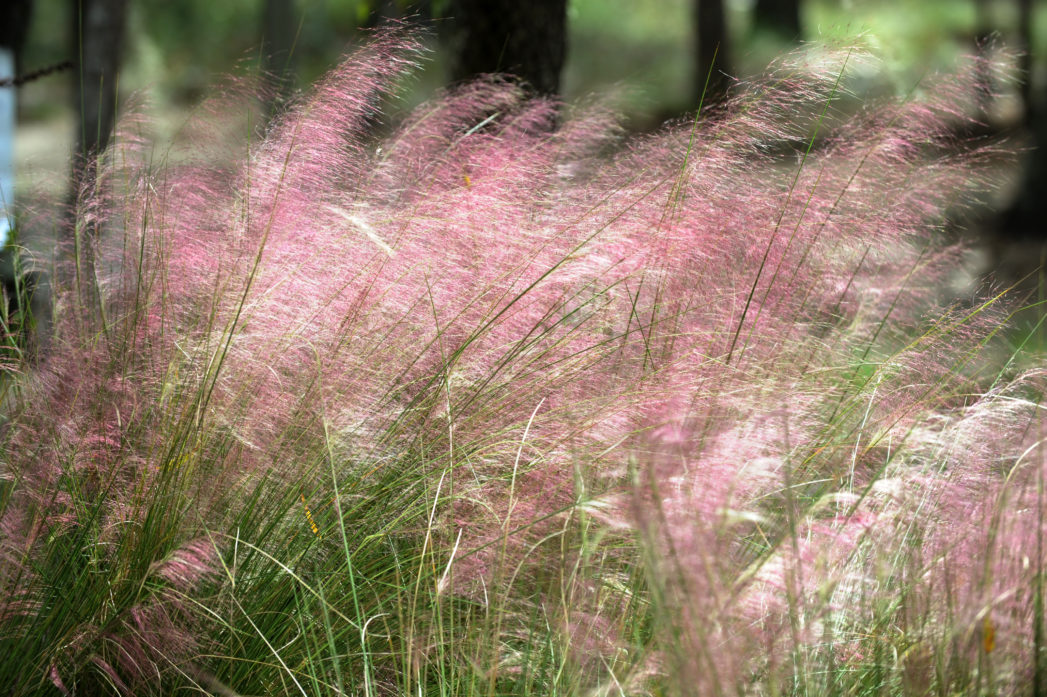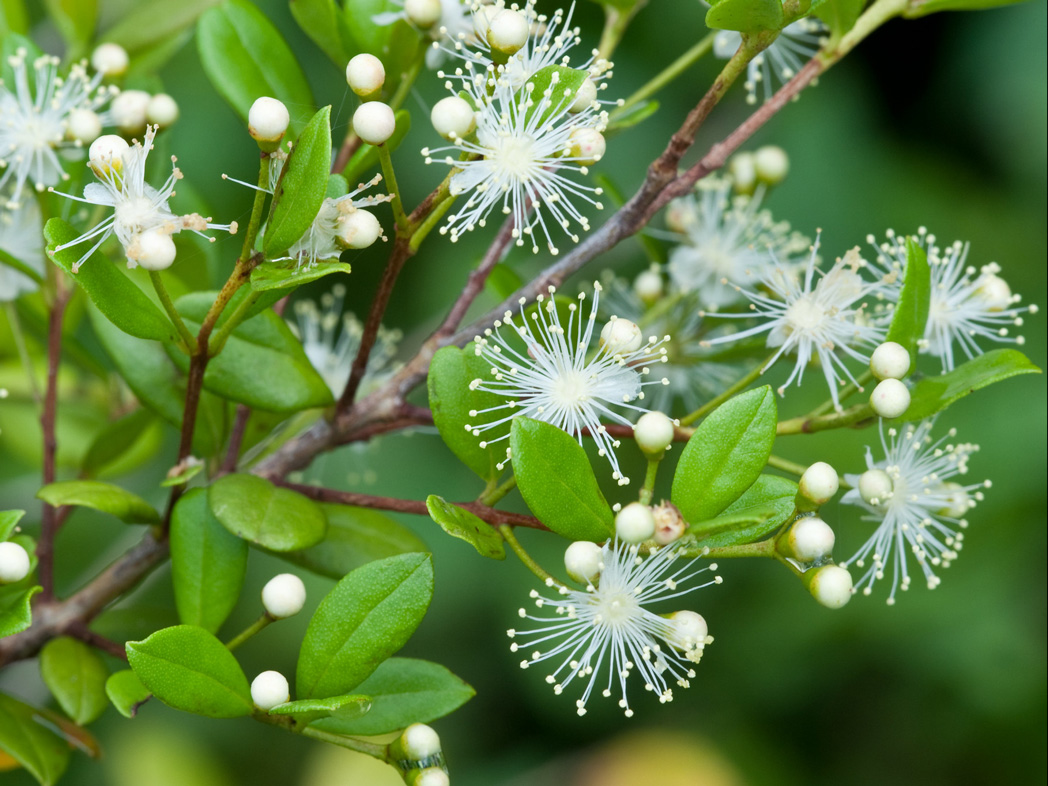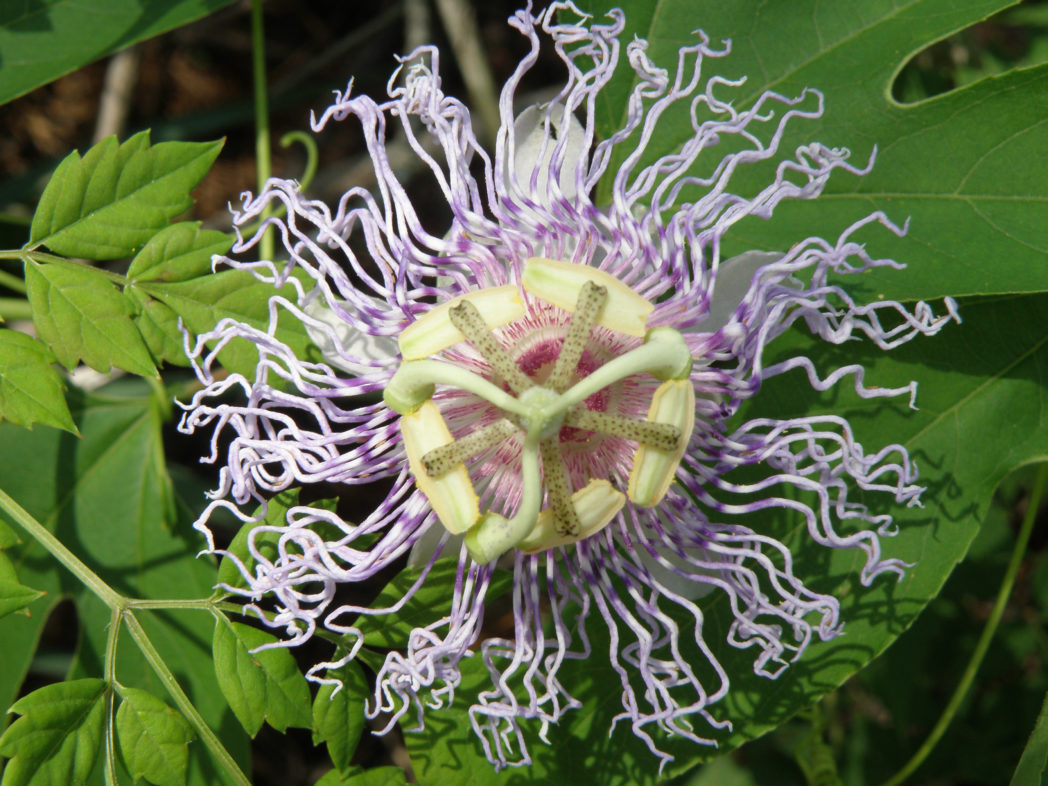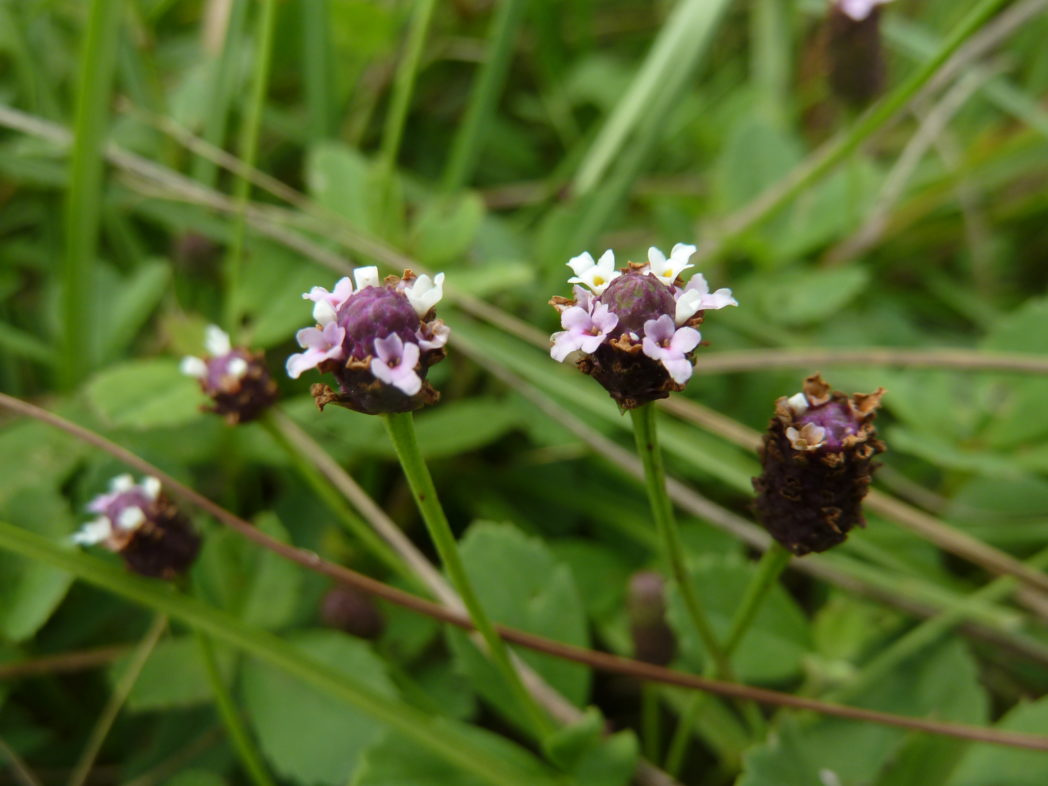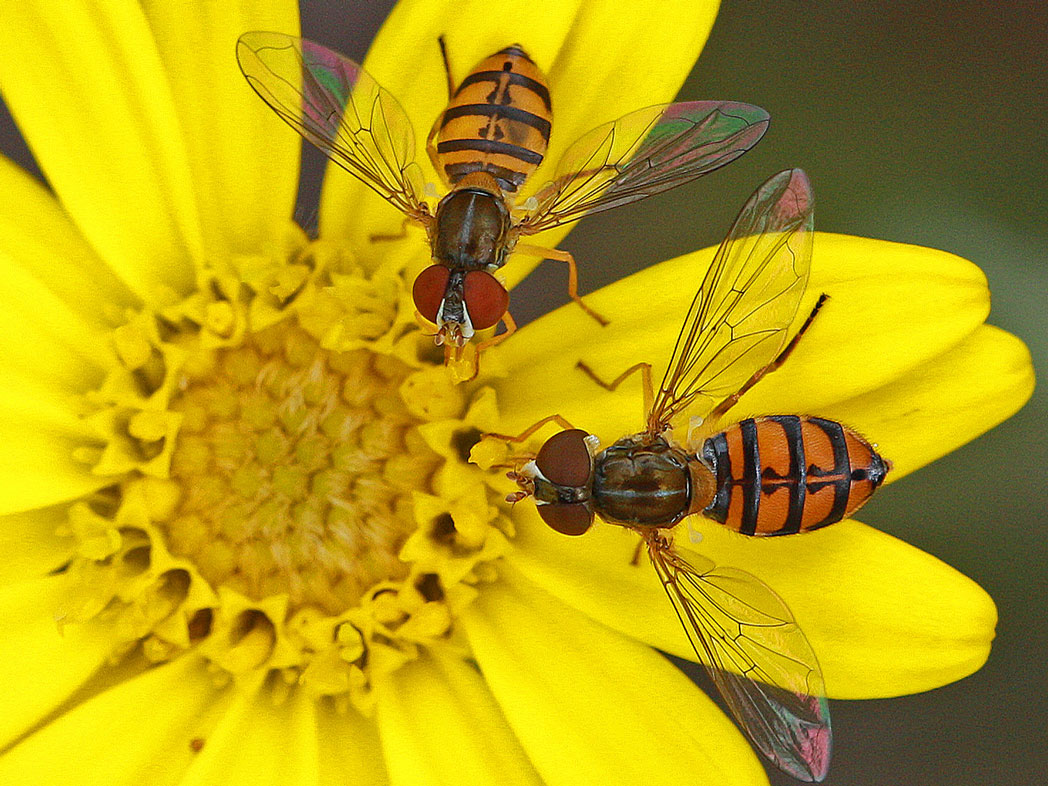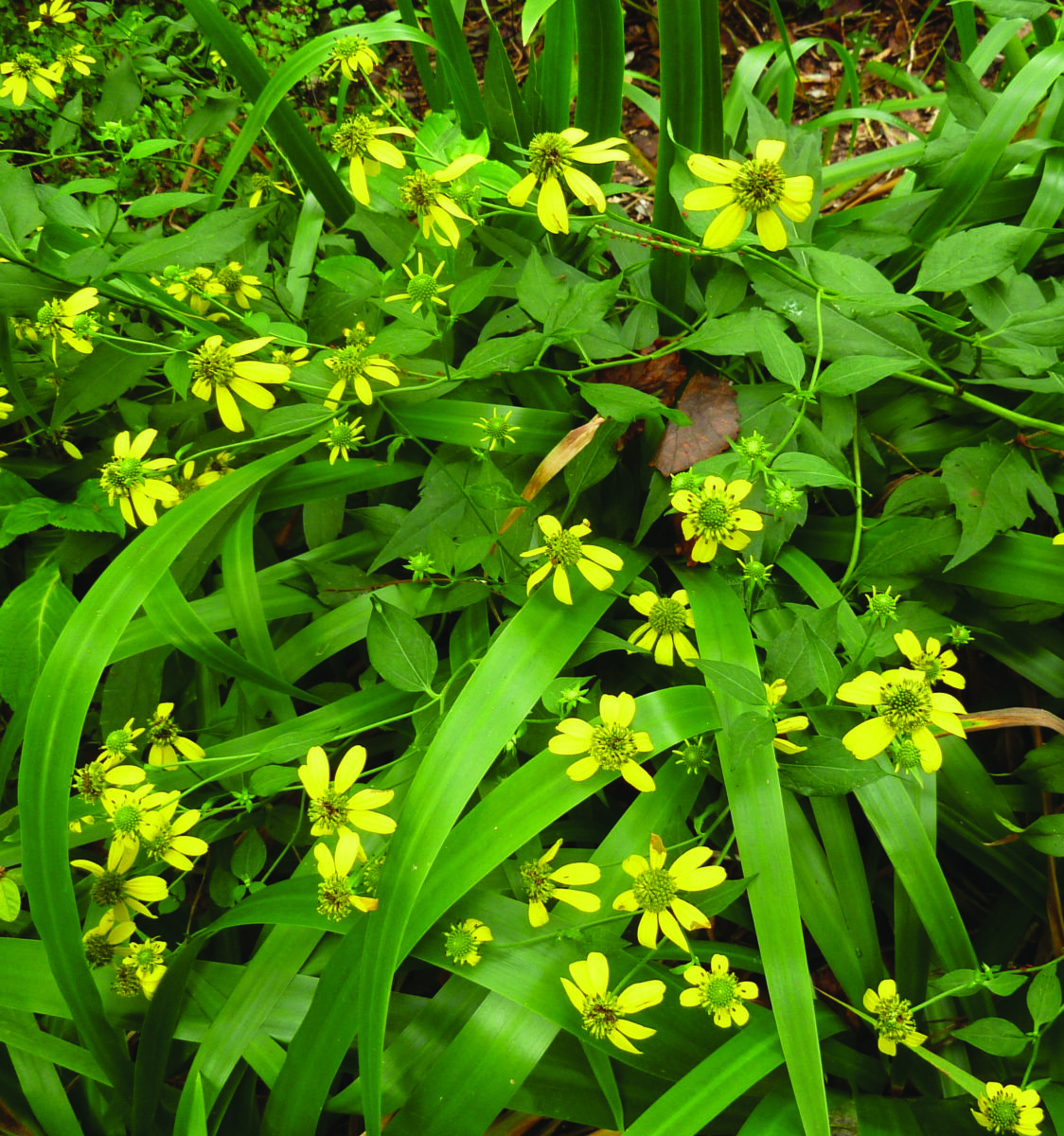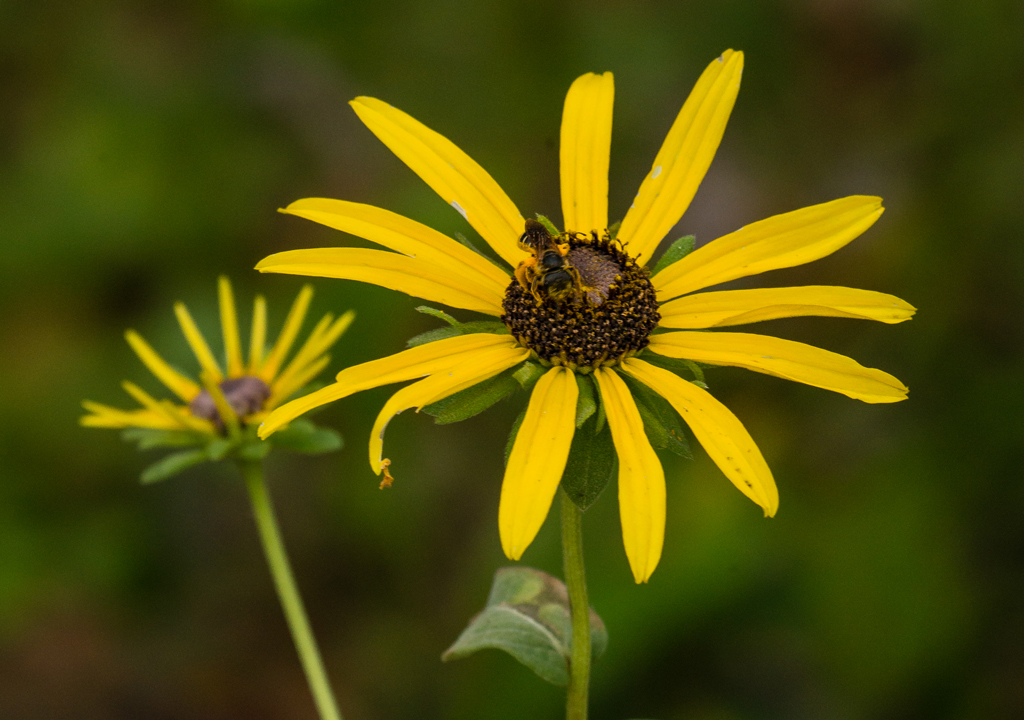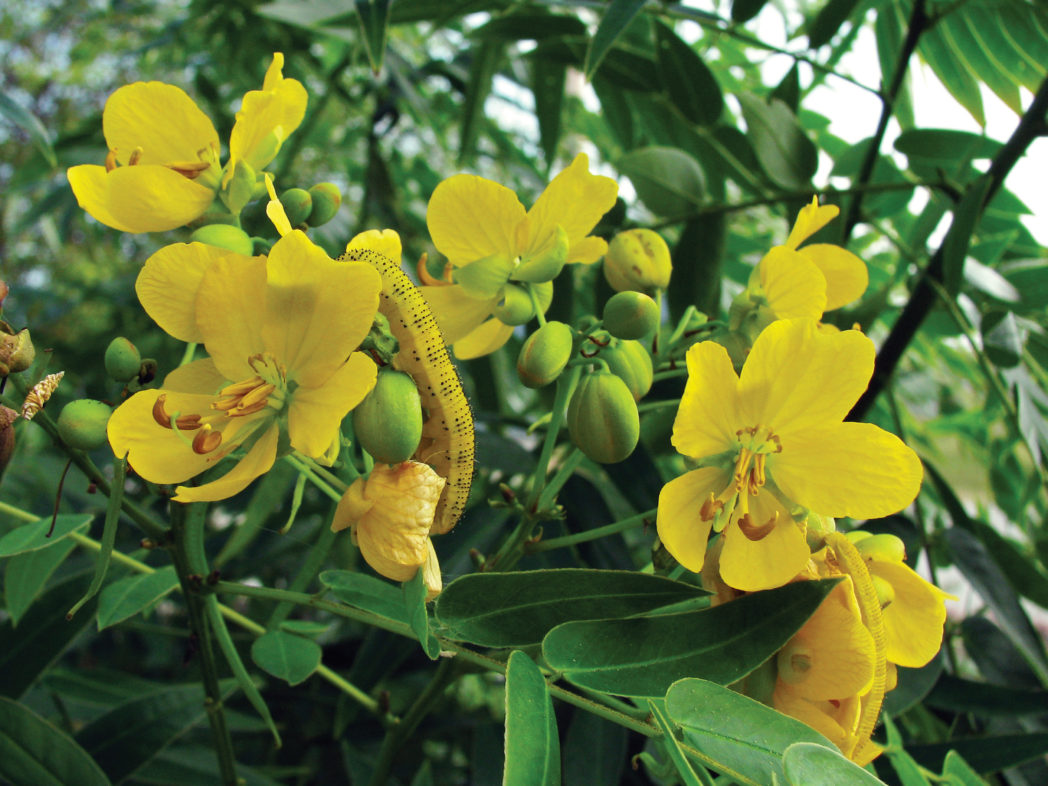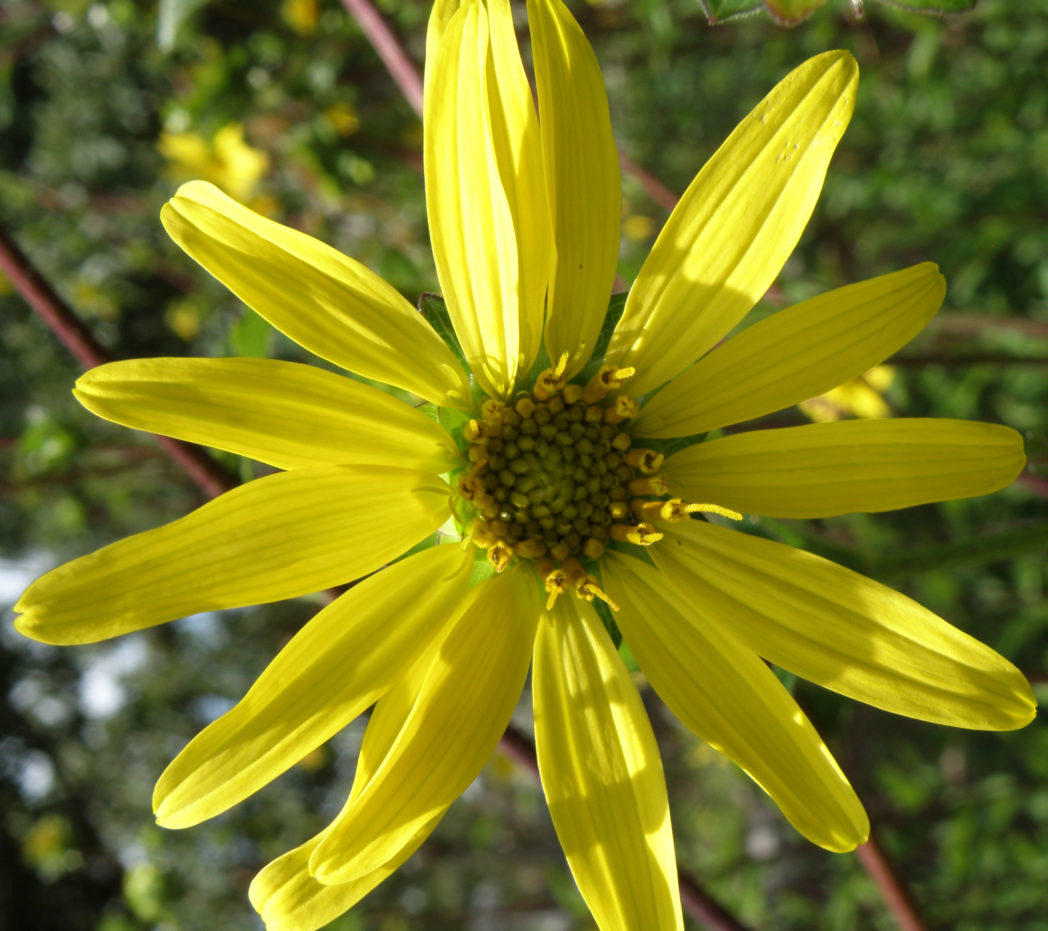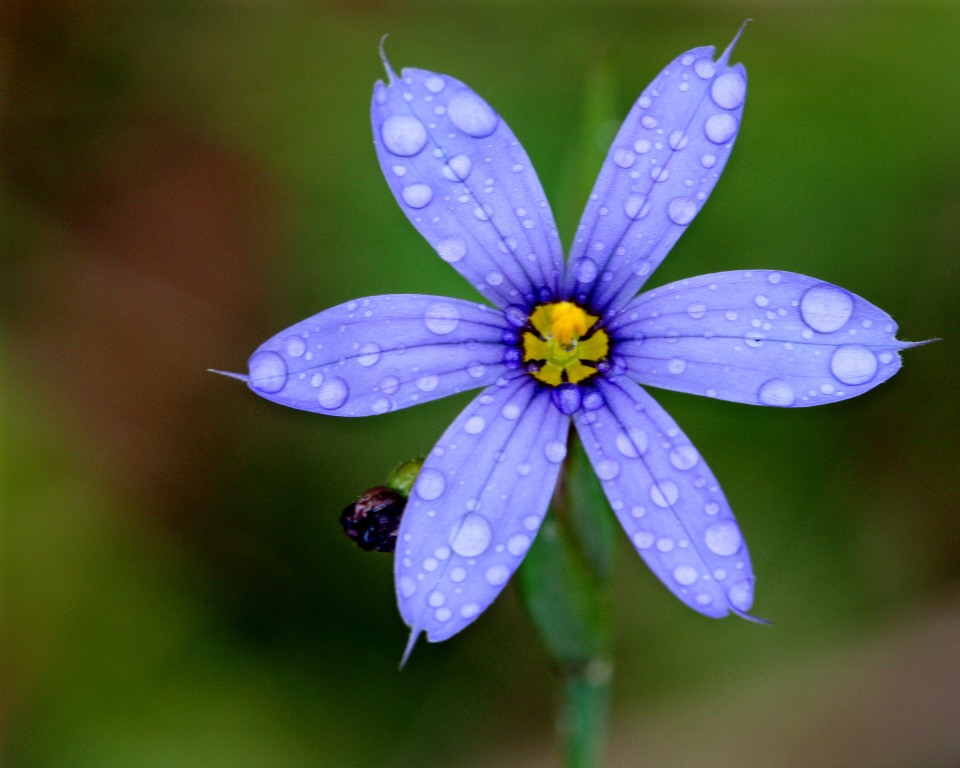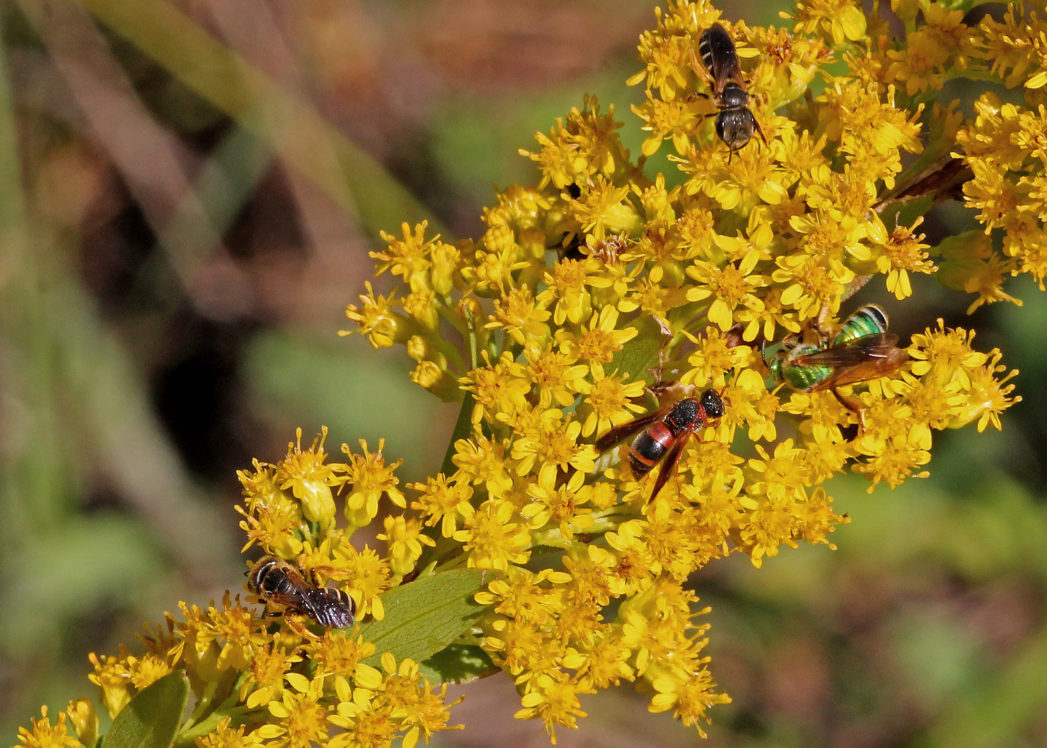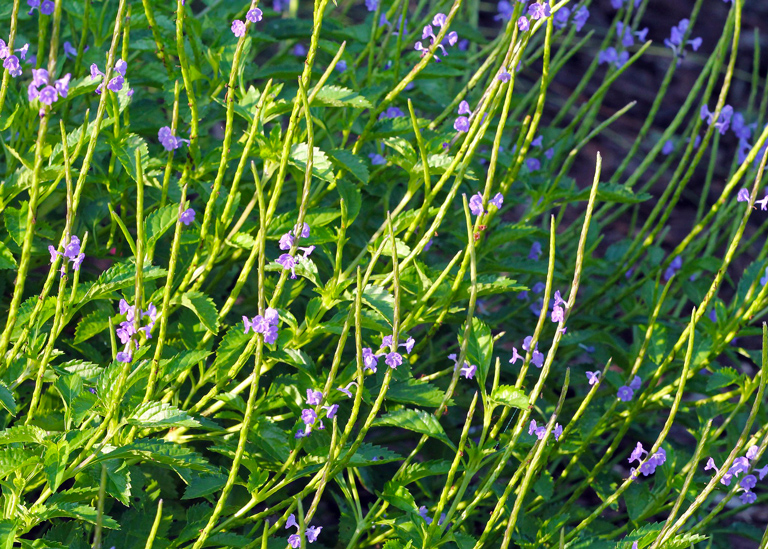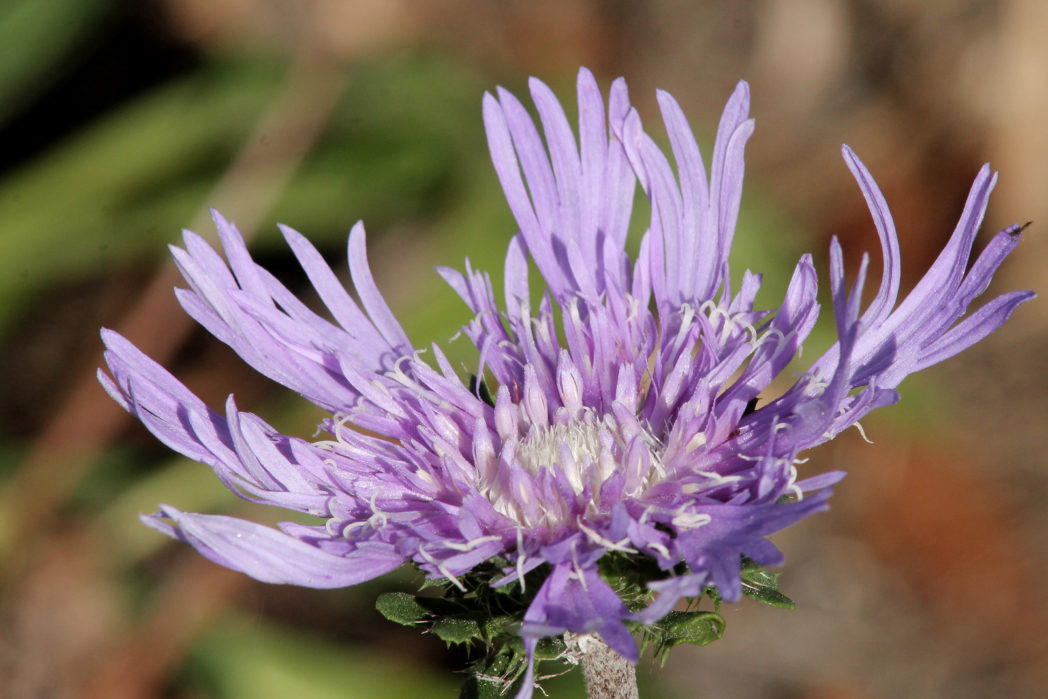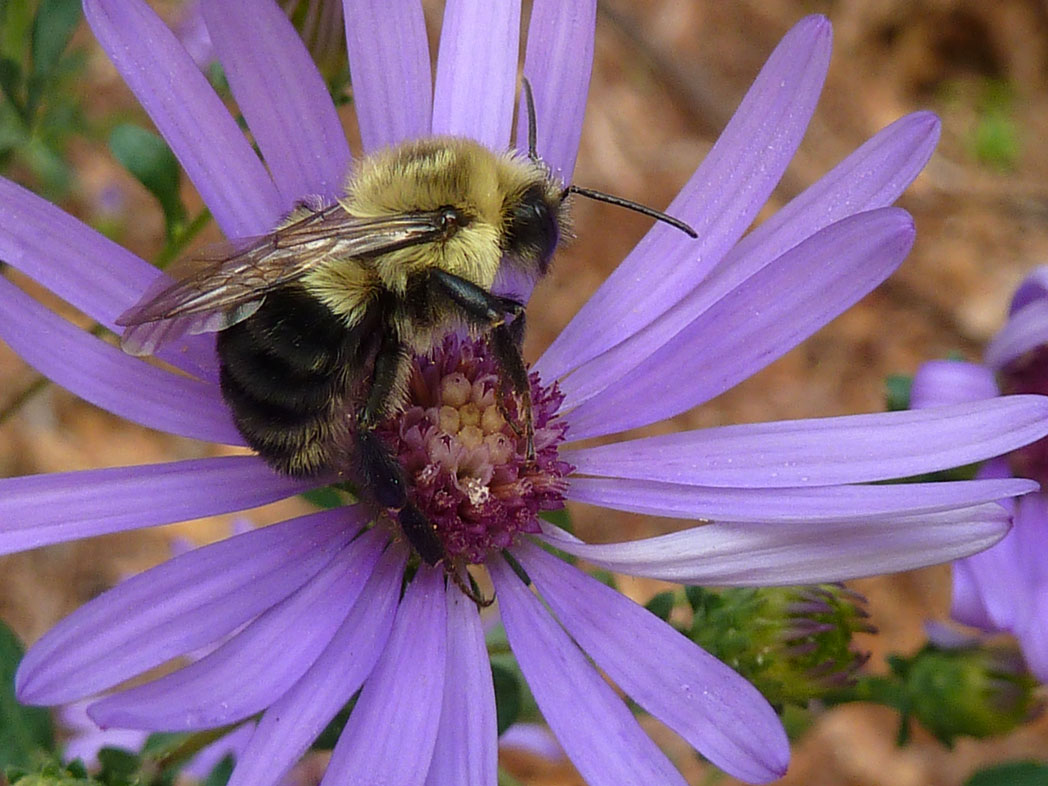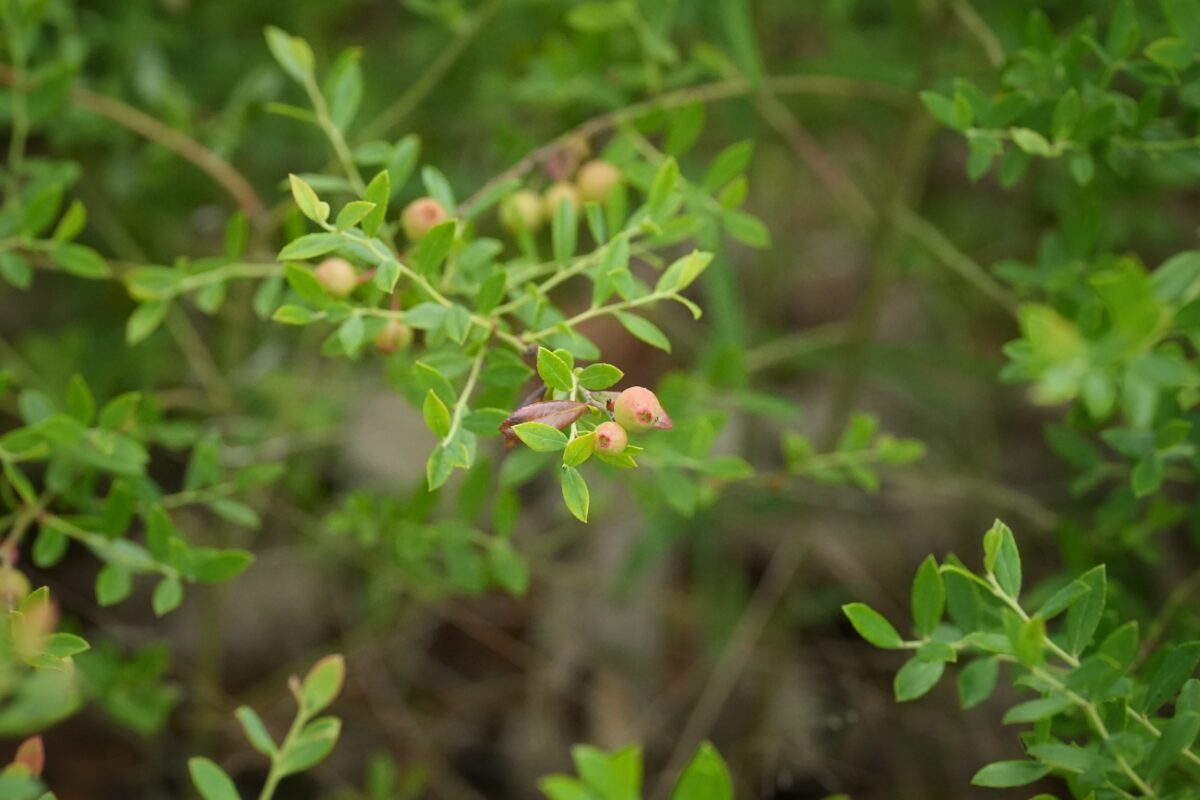Fort White Branch Library Native Plant Garden
The Fort White Branch Library in Columbia County was selected to pilot the Seeds of Knowledge Library Demonstration Garden Grant in spring 2025. The library expanded its existing community garden into a 3,300 sq. ft. Florida native plant demonstration garden. Volunteers from the Columbia Seed Library and the Four Rivers Audubon Society maintain the space, where walkways and patios create a welcoming community gathering place surrounded by the beauty of Florida’s native plants.
DID YOU KNOW? Florida native plants are adapted to thrive in our climate, conditions and soil. They need less water than other plants, and require no fertilizers, pesticides or other chemicals. This saves precious water resources and keeps excess nutrients from polluting lakes, rivers and streams.
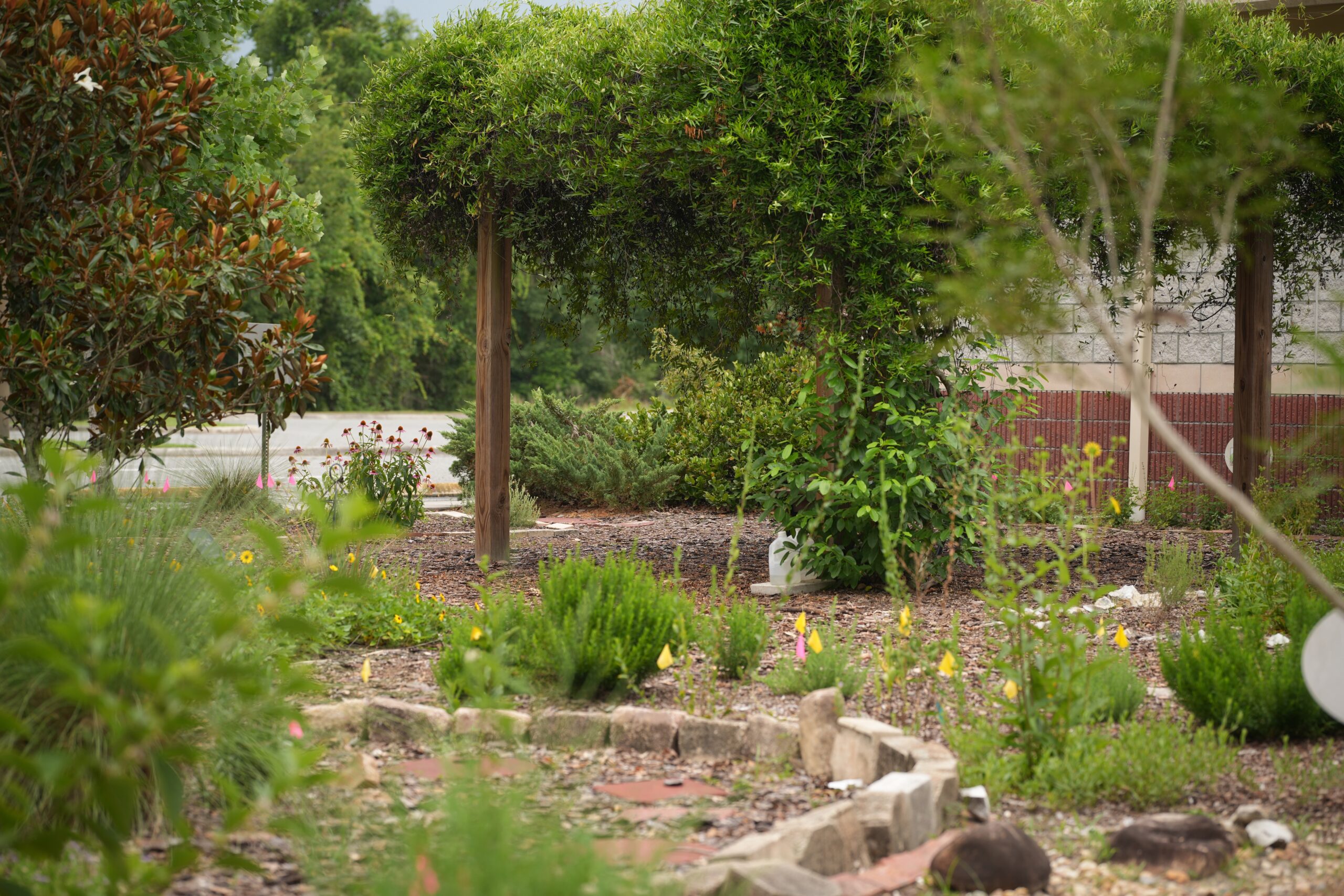
The garden was made possible by a grant from the Florida Wildflower Foundation.
The following native species were planted:
Red buckeye
Butterflyweed
White wild indigo
Florida greeneyes
Woodland poppymallow
Eastern redbud
Partridge pea
False rosemary
Purple coneflower
Pineland heliotrope
Narrowleaf yellowtops
Garberia
Rayless sunflower
Scorpionstail
Atlantic St. John’s wort
Dense gayfeather
Southern magnolia
Snow squarestem
Spotted beebalm
Muhlygrass
Simpson’s stopper
Purple passionflower
Frogfruit
Narrowleaf silkgrass
Cutleaf coneflower
Softhair coneflower
Privet senna
Starry rosinweed
Blue-eyed grass
Seaside goldenrod
Blue porterweed
Stokes’ aster
Georgia aster
Darrow’s blueberry
POLLINATORS NEED YOUR HELP!
Help Florida’s wildlife and environment by using native wildflowers and plants in your landscape. Click here to learn more information on planting, selecting and maintaining native plants, or check out these resources:
- 20 Easy-to-Grow Wildflowers
- Guide for Choosing Native Plants
- Attracting Birds with Florida Native Wildflowers
- Attracting Bees and Other Beneficial Insects with Florida Native Wildflowers
- Attracting Butterflies with Florida Native Wildflowers
- Great Wildflowers for Dry Landscapes
- Great Wildflowers for Shade
- Aquatic Wildflowers for Pollinators
- Create a Pollinator Pot
